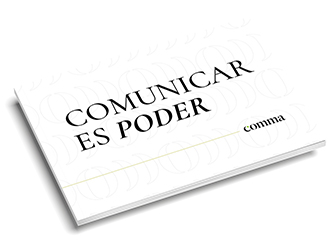Communication, news and information have become a global matter for communication professionals, and it is now key for them to consider which is the best approach to reach a global audience that lives in different continents, follows different time zones and speaks different languages.
English is still without any doubt the international language, the language for business and for transnational communications. But, are we right in assuming that English language will maintain its predominance in the future? With the development of new communications and platforms, and the incorporation of new users from developing countries to the Internet and the Social Media, the English predominance could soon see its decline. In this context, it is important to foresee the opportunities and be ready to satisfy the demands of these new audiences. Among other issues, the language used to communicate with them will be key, and according to the last research, Spanish is positioned as the second most important language worldwide for communication in the Internet.
The Cervantes Institute has recently published its new report “Spanish, a living language”, analyzing the situation of Spanish worldwide.
According to the data in the report, Spanish is the third most popular language in the web, with a 7.8 percent of the users worldwide using it after English and Chinese. Moreover, Spanish is the second second most used language in Social Media such as Facebook and Twitter, after English, and its growing potential is still bigger than English, as many Spanish speaking countries have still a lower percentage of Internet users in comparison to English speaking countries. The study also reveals that in English speaking cities like London or New York the second language for Twitter users is Spanish.
One of the most revealing forecasts in the report says that by year 2050 US will be the first Spanish speaking country in number of speakers.
In regards to press and mass media, the Cervantes Institute found that many American media corporations are paying more attention to their Spanish speaking audience, and that the Spanish language is constantly present in the media, specially in newspapers, magazines and radio. This also applies to advertising, as the impact of commercials among Spanish speaking audiences in the US increases 30% when they are broadcasted in Spanish.
Therefore, it seems obvious that communicators must have in mind a flexible and possibly multilingual approach, with examples like BBC Mundo. This will be specially relevant in the Social Media strategies of firms that want to reach a broad and global audience without creating different profiles on a country-based criterium, but using instead language as a multinational tool.





